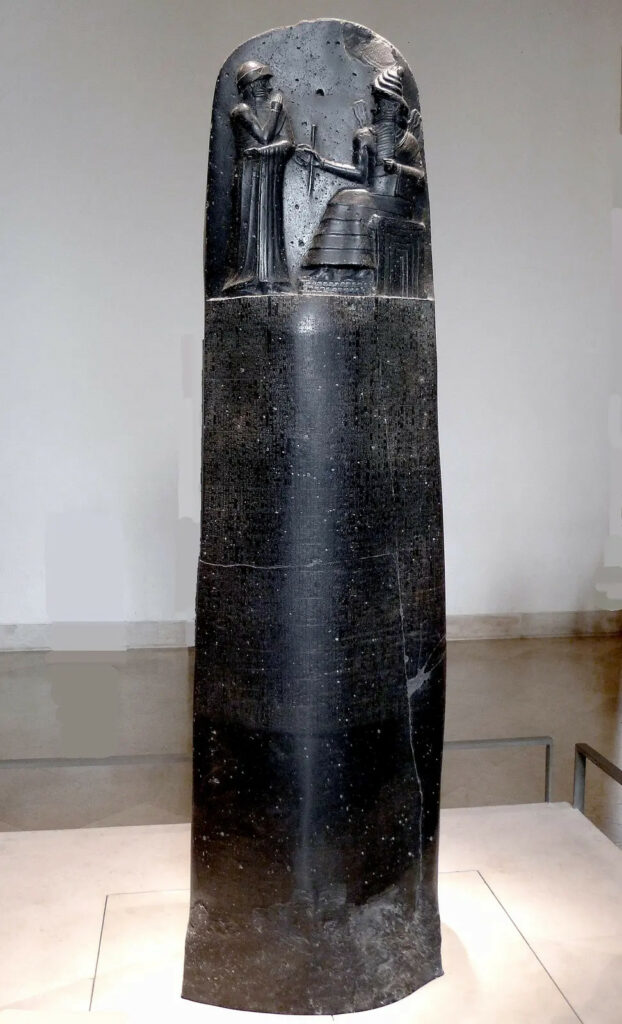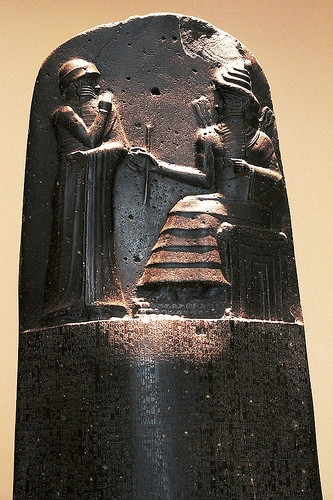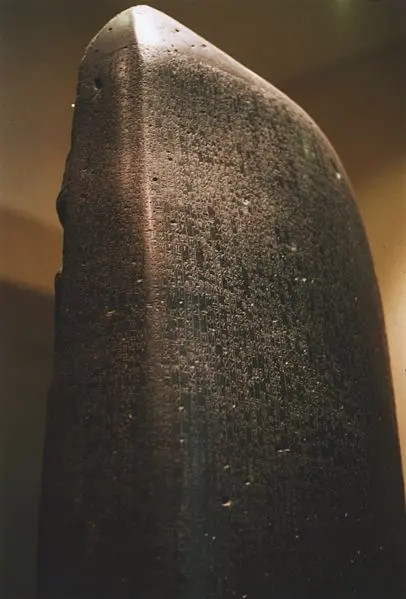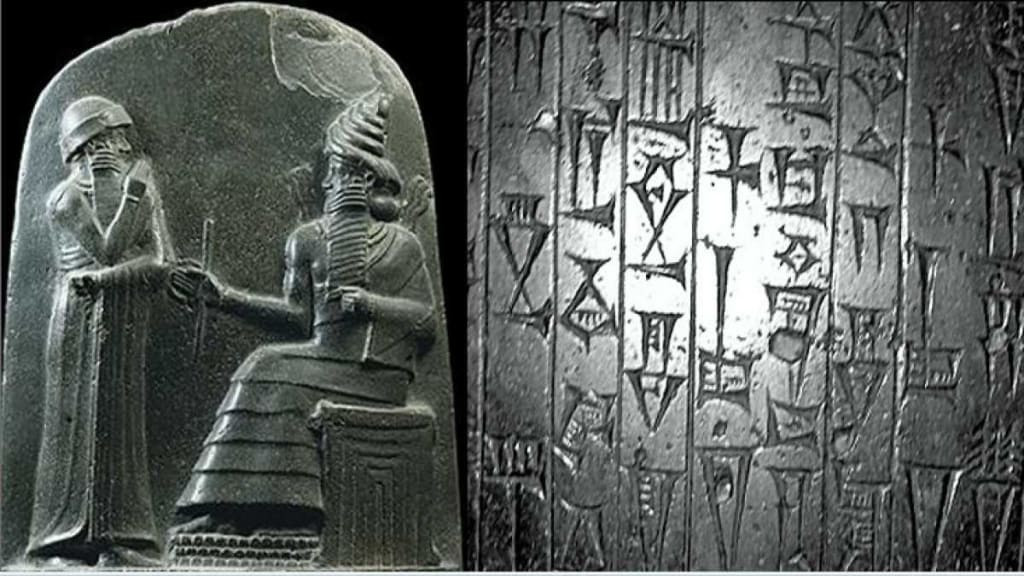The Unveiling of an Ancient Legal Wonder

In the blazing Iranian desert, French archaeologist Jean-Vincent Scheil made a groundbreaking discovery that forever altered our understanding of ancient legal frameworks. It was 1901, and the location was Susa, the former capital of the Elamite kingdom. Amidst the relentless sands, Scheil uncovered a monumental diorite stele inscribed with what is now recognized as the Code of Hammurabi.
A Divine Inscription on Stone

Towering over seven feet, this hefty stone slab was not merely an artifact; it was a testament to the sophistication of ancient Babylonian society. At the top of the stele, a bas-relief illustrated King Hammurabi receiving the laws from Shamash, the sun god, endowing the code with divine legitimacy. Below this divine scene, 282 laws were intricately carved in cuneiform script, addressing issues ranging from theft and agriculture to family relations and personal injury.
The Dawn of Systematic Justice

Nearly 3,700 years ago, during Babylon’s rise to greatness under King Hammurabi, he embarked on a mission to establish order and justice across his empire. His code, compiled midway through his reign, sought to ensure that all citizens, irrespective of their social rank, had access to legal recourse.
A Tiered System of Justice

Hammurabi’s Code introduced a novel concept: a tiered system of justice. Penalties were not uniform but varied according to the social status of both the victim and the perpetrator. Although this might appear inequitable by today’s standards, it marked a significant advancement towards a structured legal system in the ancient world.
The Lasting Legacy of “An Eye for an Eye”

One of the most renowned aspects of Hammurabi’s Code is its adherence to the principle of “lex talionis” – “an eye for an eye, a tooth for a tooth.” This notion of proportionate justice, though severe by contemporary standards, aimed to provide fair compensation for wrongs and deter future offenses.
From Ancient Babylon to Modern Jurisprudence

The influence of Hammurabi’s Code has resonated through the ages, shaping legal systems worldwide. By standardizing laws and making them public, Hammurabi established the foundation for the concept of a written rule of law that transcends individual rulers.
A Beacon of Ancient Wisdom for Contemporary Society
Today, the Code of Hammurabi is more than a mere historical artifact. It serves as a vital resource for scholars and legal experts, offering insights into the development of legal thought. As modern society continues to navigate issues of justice and equity, Hammurabi’s ancient wisdom remains a potent reminder of the enduring human quest for fairness and order.

From the ancient ruins of Mesopotamia to the sophisticated legal systems of today, the legacy of Hammurabi’s Code continues to inspire and inform our ongoing pursuit of a just and equitable world.
